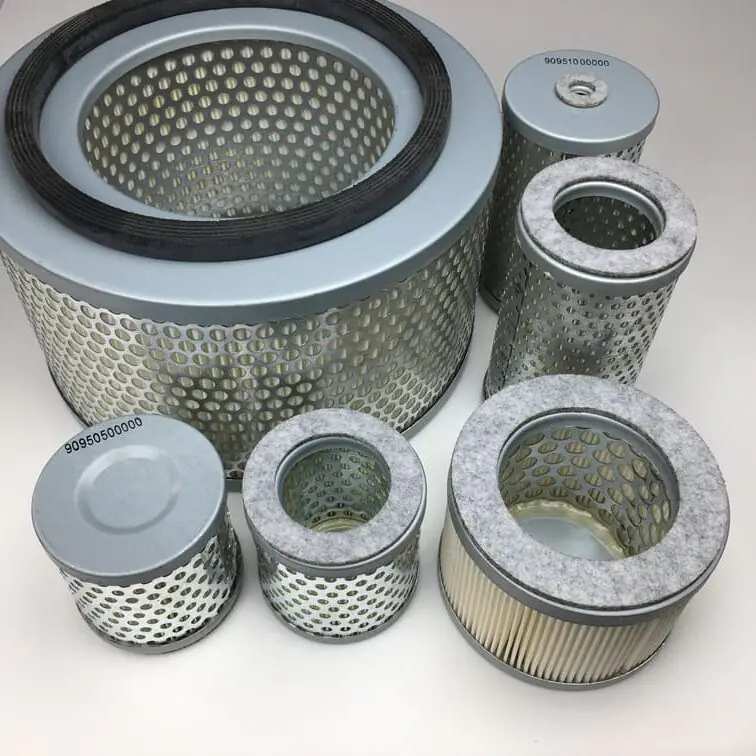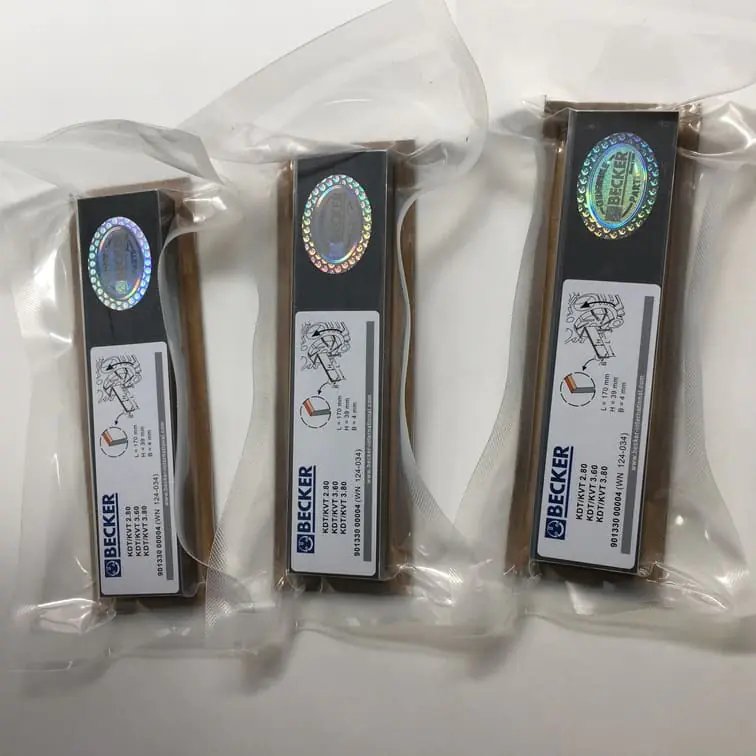How to Use Fuel Pump and Vacuum Tester
In the world of automotive maintenance, using the right tools can make all the difference. One such indispensable tool is the fuel pump and vacuum tester. Understanding how to effectively utilize this equipment can help you diagnose various engine issues and maintain the health of your vehicle’s system. In this guide, we will walk you through every aspect of how to use a fuel pump and vacuum tester to keep your engine in top condition.
What Is a Fuel Pump and Vacuum Tester?
A fuel pump and vacuum tester is a versatile device that measures the pressure in a vehicle’s fuel and vacuum system. This tool helps detect issues such as leaks, pressure drops, or insufficient fuel supply. The tester typically includes a gauge and multiple fittings that allow you to connect to the engine, making it easy to assess fuel pump health and other related systems.
This tester can serve multiple purposes, such as checking fuel pump output, diagnosing leaks, and ensuring that vacuum lines are functioning properly. Whether you’re a car enthusiast or a professional mechanic, understanding the specifics of this tool can save both time and money.
How Does It Work?
The fuel pump and vacuum tester operate by attaching to different parts of your engine, specifically designed to test the pressure output. This helps assess whether your car’s fuel pump is working properly or if there are issues within the vacuum system.
| Feature | Description |
|---|---|
| Fuel Pressure Test | Measures fuel pump output to ensure proper flow. |
| Vacuum Test | Checks engine vacuum to identify potential leaks. |
These tests are critical, especially when dealing with cars like those found in the Rio Grande region, where older fuel systems might struggle in extreme conditions.
Why Use a Fuel Pump and Vacuum Tester?
Regular testing of your fuel pump and vacuum system offers numerous benefits, such as preventing unexpected breakdowns and improving your car’s efficiency. Here are the key reasons you should consider using this tool:
- Enhanced Vehicle Performance: Testing ensures that both the vacuum system and fuel pump are functioning well, allowing your engine to run smoothly.
- Early Problem Detection: A vacuum leak or poor fuel pressure can be an early indicator of bigger issues. Early detection helps you save money on costly repairs later.
- Optimized Fuel Efficiency: Vehicles with balanced pressure systems have better fuel efficiency, an aspect that cannot be ignored in today’s world of increasing fuel costs.
“Think of the fuel pump and vacuum tester as a personal health monitor for your car.”
With proper maintenance and early detection, you’re putting yourself in the best position to keep your car healthy and keep your mind at ease.
Step-By-Step Guide to Using a Fuel Pump and Vacuum Tester
1. Preparation: Gather Your Tools
To get started, ensure that you have the appropriate fuel pump and vacuum tester, protective gear, and any specific vehicle manuals you may need. Additionally, tools like a screwdriver set, wrench set, and pliers will help make your testing process smoother.
2. Safety First
Working on a vehicle’s fuel system requires proper safety precautions. Before you begin, ensure the vehicle is off and cooled down to prevent accidental burns or fuel ignition. Always use gloves and protective eyewear.
Tip: Be sure to work in a well-ventilated area to prevent inhaling harmful fumes.
3. Connect the Tester to the Fuel Pump
To test fuel pressure:
- Locate the fuel pump connection and attach the tester’s hose to the port.
- Make sure the hose is tightly connected to prevent any leaks.
- Start the engine and monitor the gauge.
A reading between 30-45 psi generally indicates good health for most vehicles. However, you should refer to your vehicle’s manual for specific values.
4. Check the Vacuum System
Next, it’s time to test the vacuum system:
- Locate a vacuum line that runs to the intake manifold.
- Disconnect the line and attach the tester.
- Turn on the engine and observe the reading.
A typical vacuum reading for a properly functioning engine is between 18-22 inHg (inches of mercury).
| Component | Normal Value | Issue Indicator |
|---|---|---|
| Fuel Pressure | 30-45 psi | Low reading: faulty fuel pump |
| Engine Vacuum | 18-22 inHg | Low reading: vacuum leak |
By understanding these metrics, you can be proactive about diagnosing and resolving any issues.
Common Issues Detected by Fuel Pump and Vacuum Testers
Fuel Pump Issues
Fuel pressure that reads below the normal range indicates a possible fuel pump failure, clogged filter, or other issues in the delivery system. Symptoms of fuel pump problems include:
- Difficulty starting the vehicle.
- Reduced engine power.
- Petty officer-like stuttering in the engine during acceleration.
To confirm that the problem lies with the fuel pump, perform multiple tests and compare results.
Vacuum System Issues
Vacuum systems play a critical role in maintaining engine health. A vacuum leak can lead to:
- 3rd Class engine performance.
- Thread starter issues, such as inconsistent RPM levels or surging idle.
When vacuum levels drop significantly, it could indicate a disconnected hose or a crack somewhere in the system.
Tools for Testing and Diagnosis
The fuel pump and vacuum tester is versatile, but adding in tools like smoke machines for vacuum testing can provide extra assurance and clarity for diagnosing more complicated problems.
Fuel Pump and Vacuum Tester FAQs
1. How often should I test my fuel pump and vacuum system?
It’s a good idea to test these systems every six months or if you notice any performance issues such as decreased fuel efficiency or rough idling.
2. Can I use a fuel pump and vacuum tester on any car?
Most testers are universal, meaning they can be used on a wide range of vehicles. However, always consult your vehicle manual to be sure.
3. What should I do if the gauge reading is abnormal?
If the readings are off, double-check your connections first. If the values remain abnormal, there may be a problem with the fuel pump, vacuum line, or even a super member in the fuel filter system.
4. Is this tool suitable for beginners?
Yes! With the proper guidance, beginners can use a fuel pump and vacuum tester effectively. Make sure to follow all safety protocols.
5. Does the weather affect the readings?
Yes, extreme temperatures, such as those experienced in the Rio Grande area, can affect vacuum levels and the overall readings.
Key Takeaways
The fuel pump and vacuum tester is an incredibly useful tool for both diagnostics and routine maintenance. Whether you are an officer 3rd class just beginning your automotive journey or a platinum member in the world of car repairs, mastering this tool will set you on the right path to success.
By following this guide, you will ensure that your vehicle remains in top condition, preventing breakdowns and ensuring fuel efficiency. Don’t overlook the importance of frequent checks and always keep your safety as a priority.
Remember, good car maintenance isn’t just about responding to problems—it’s about preventing them before they become significant issues.




